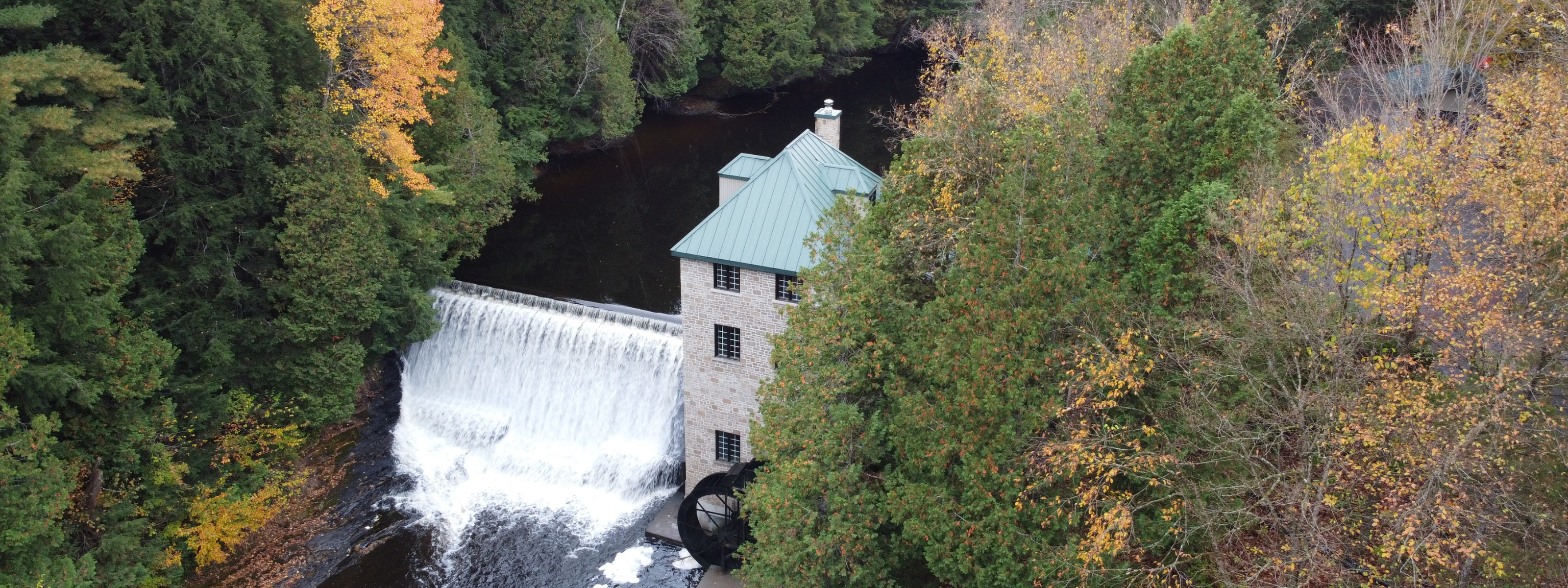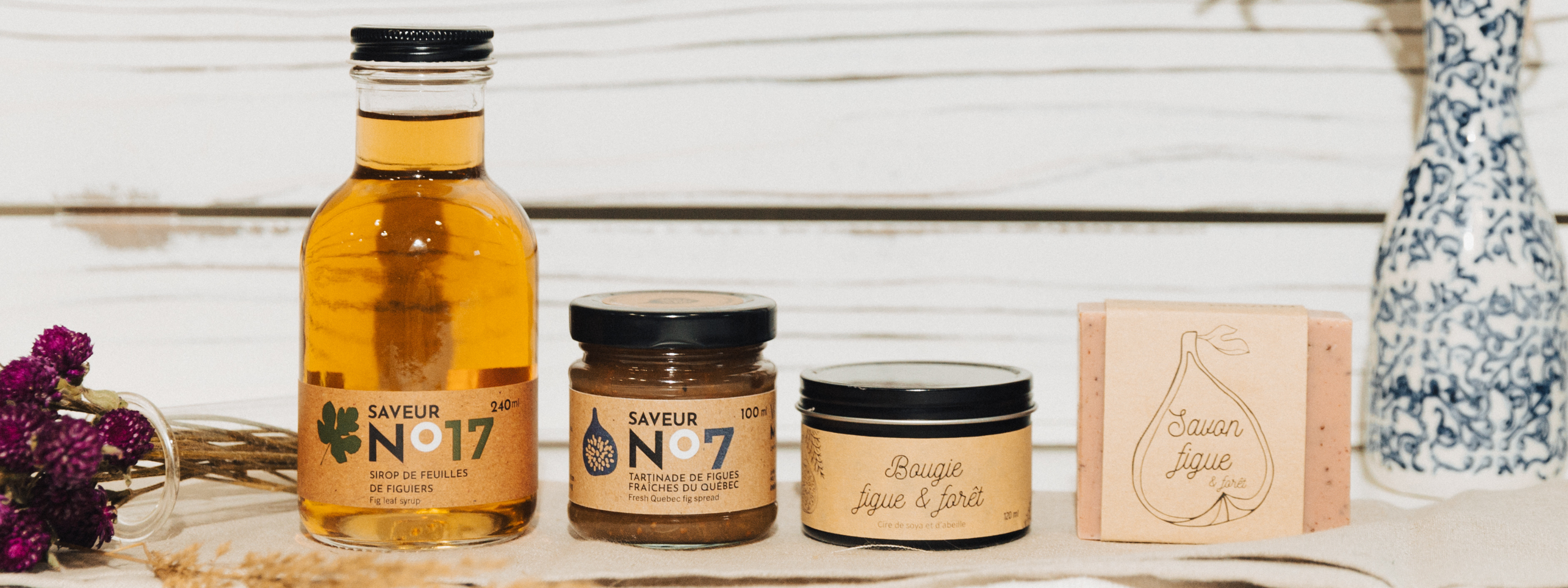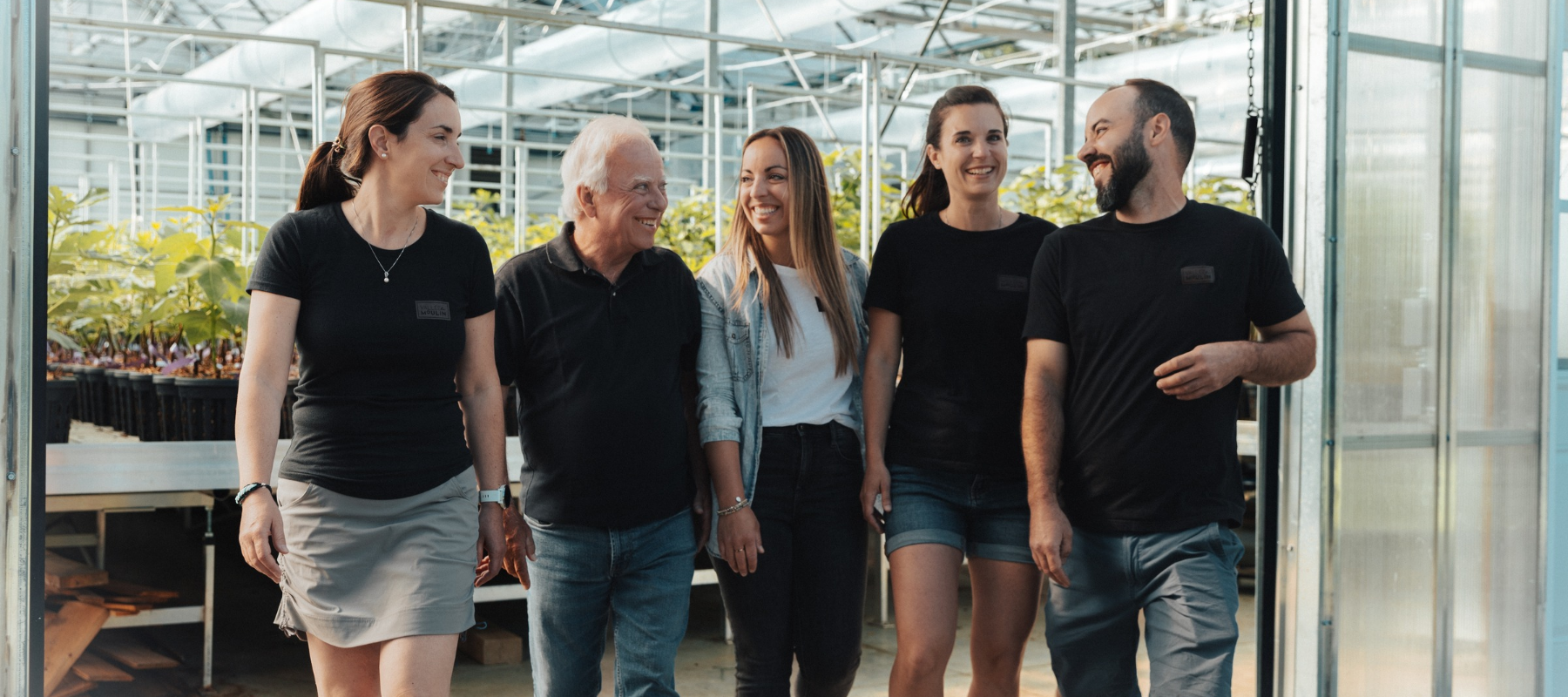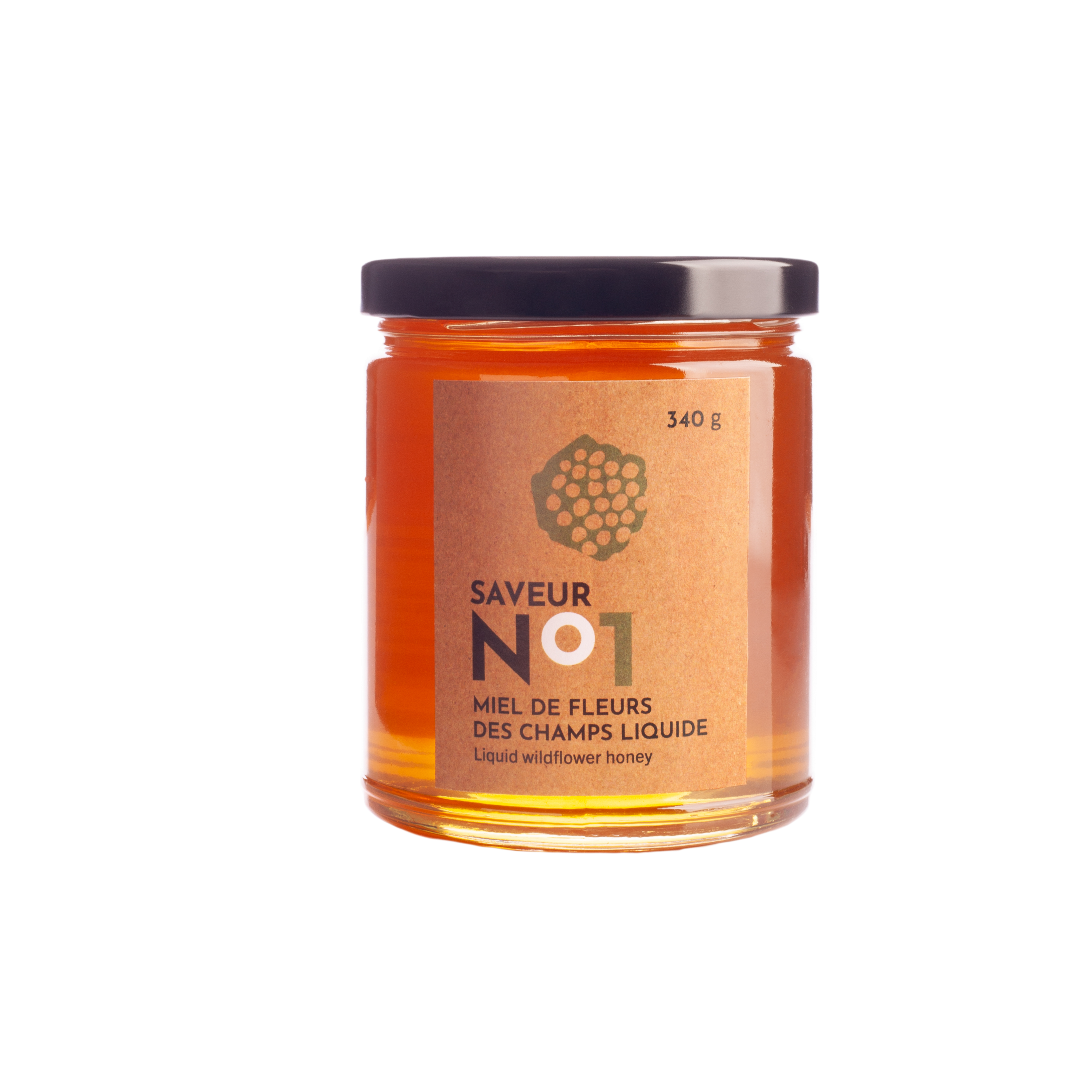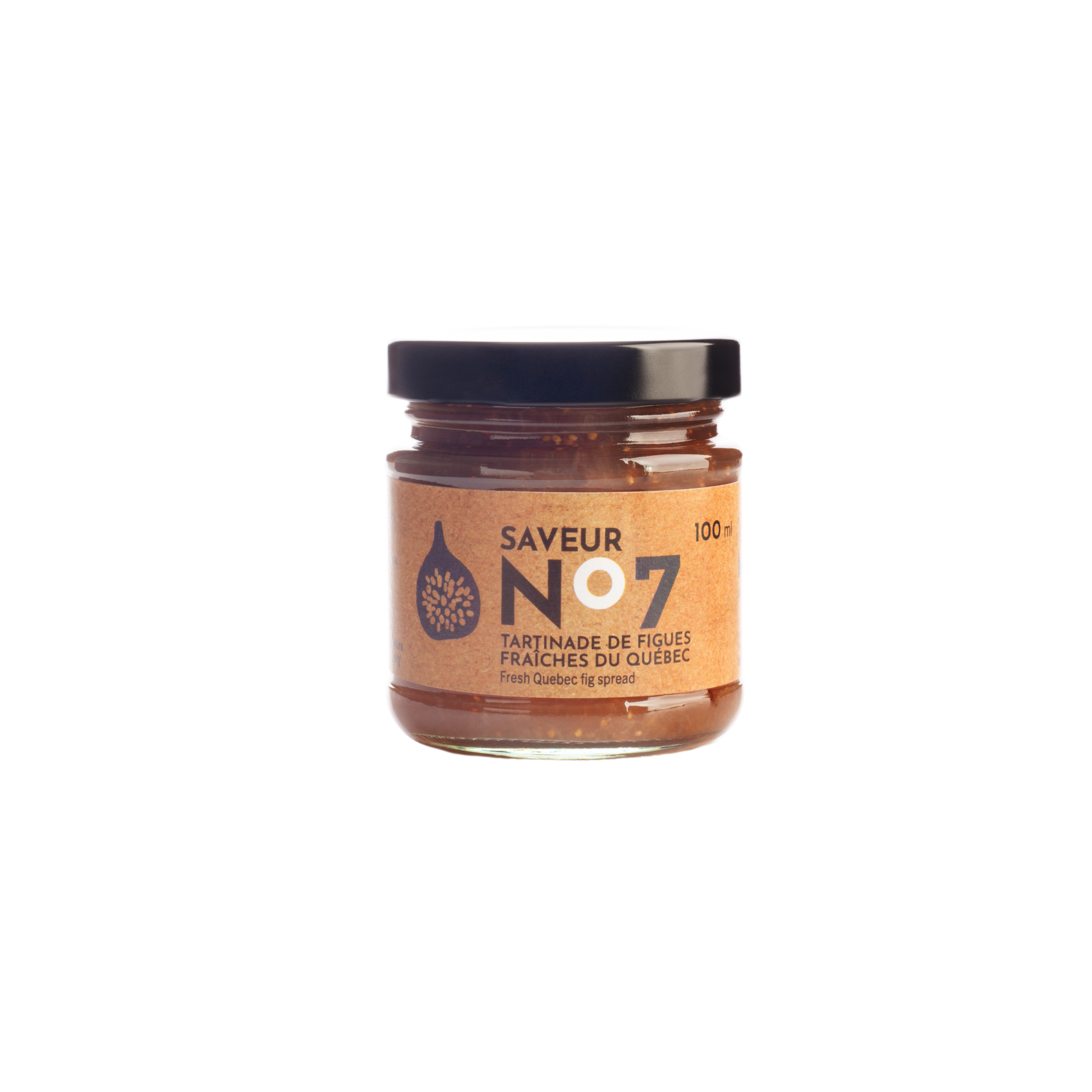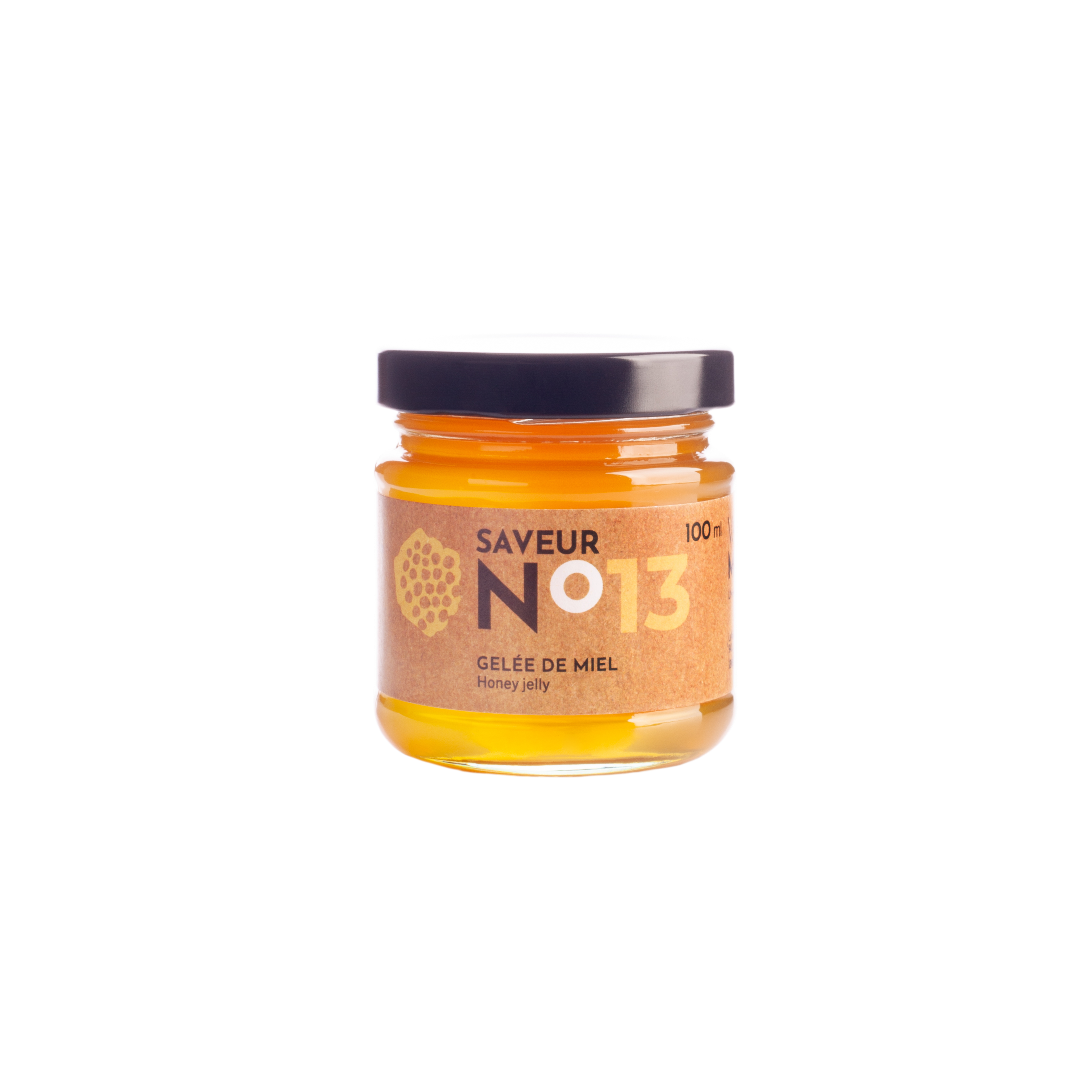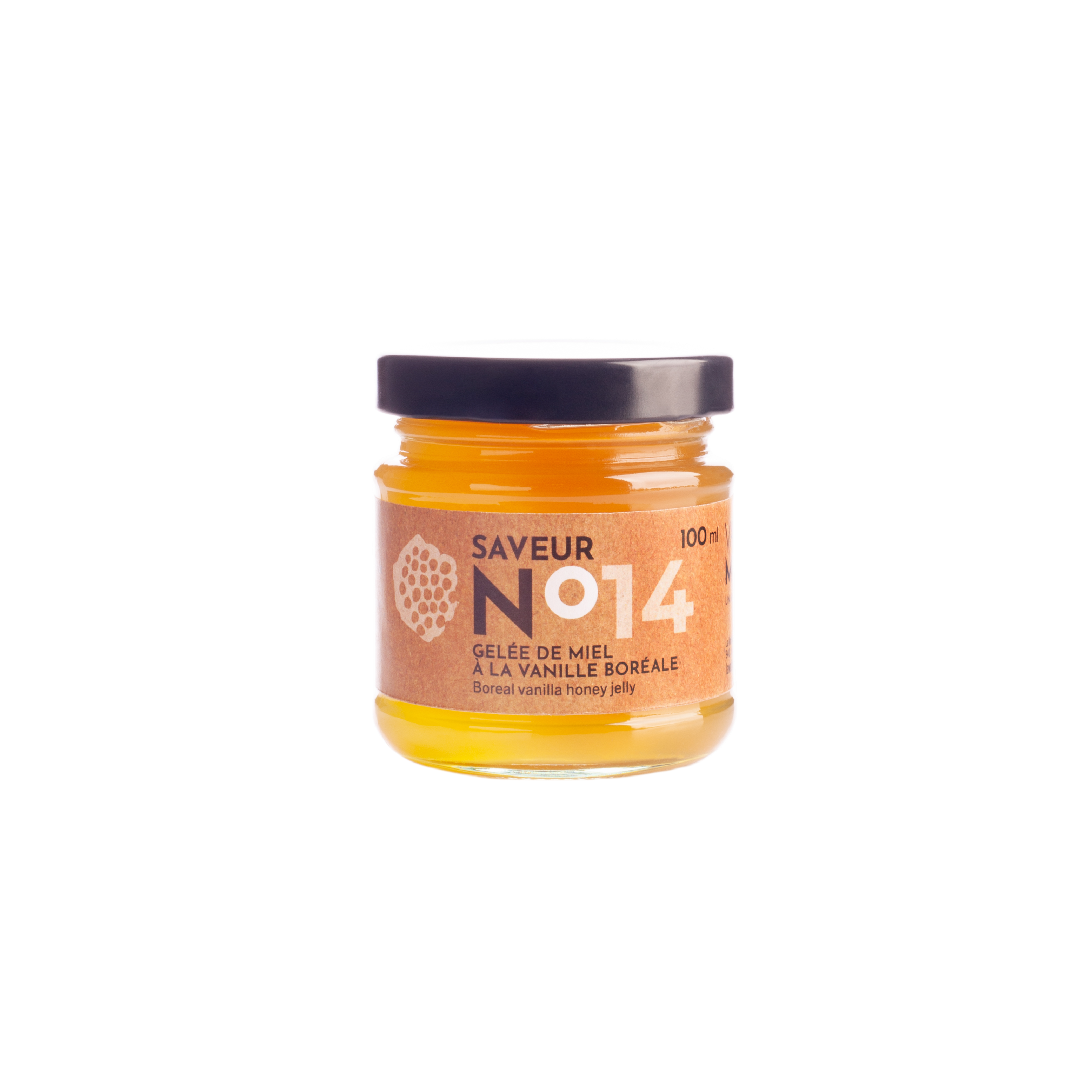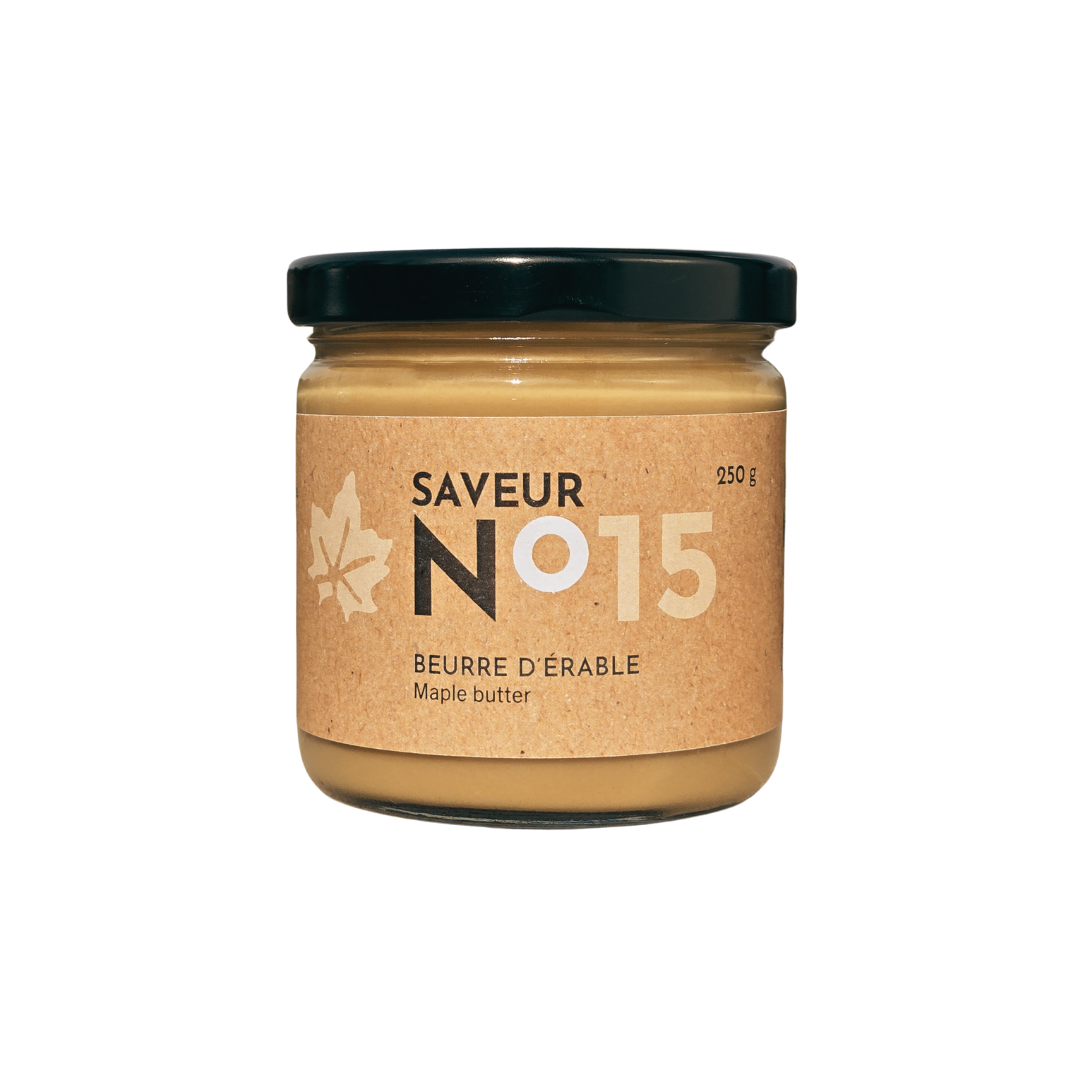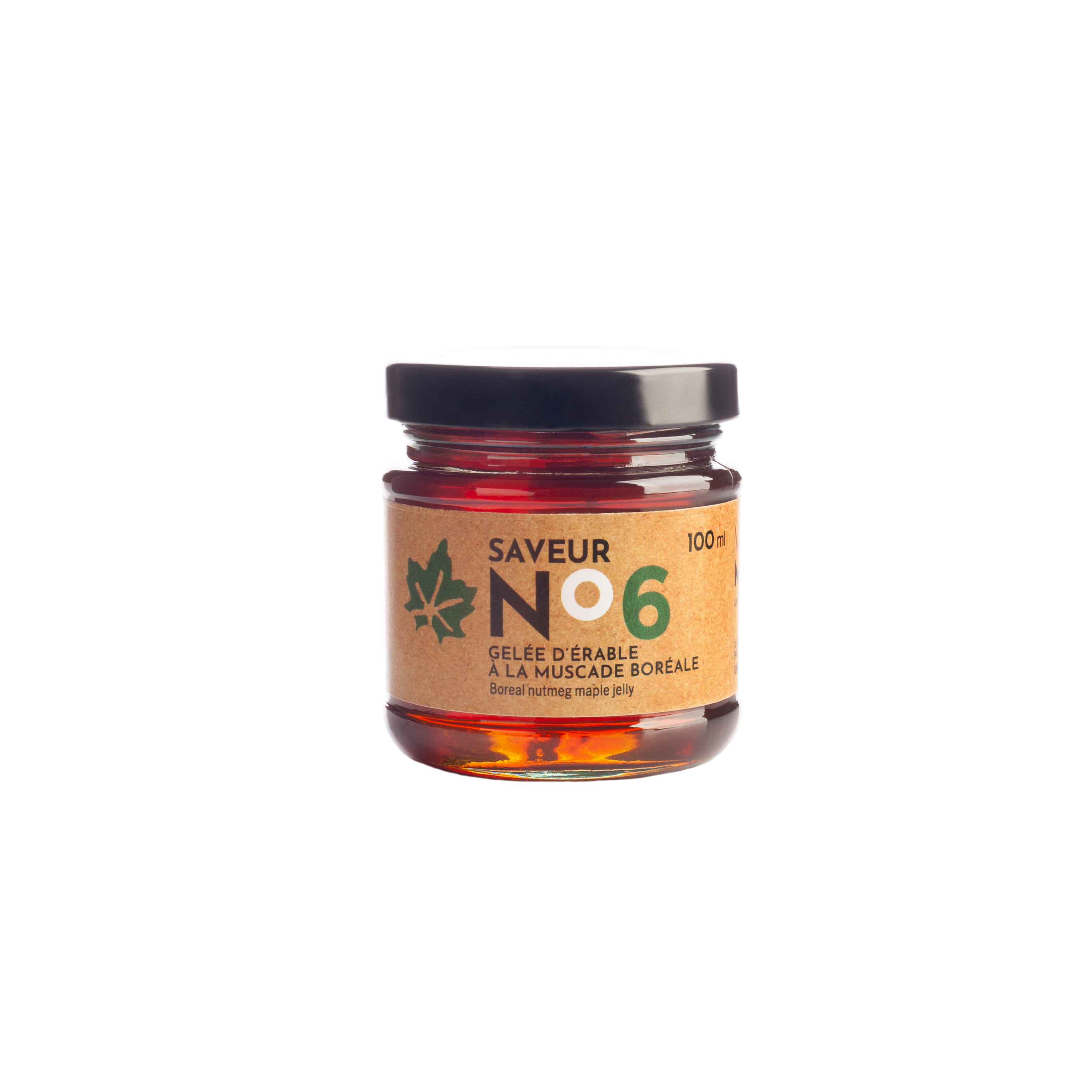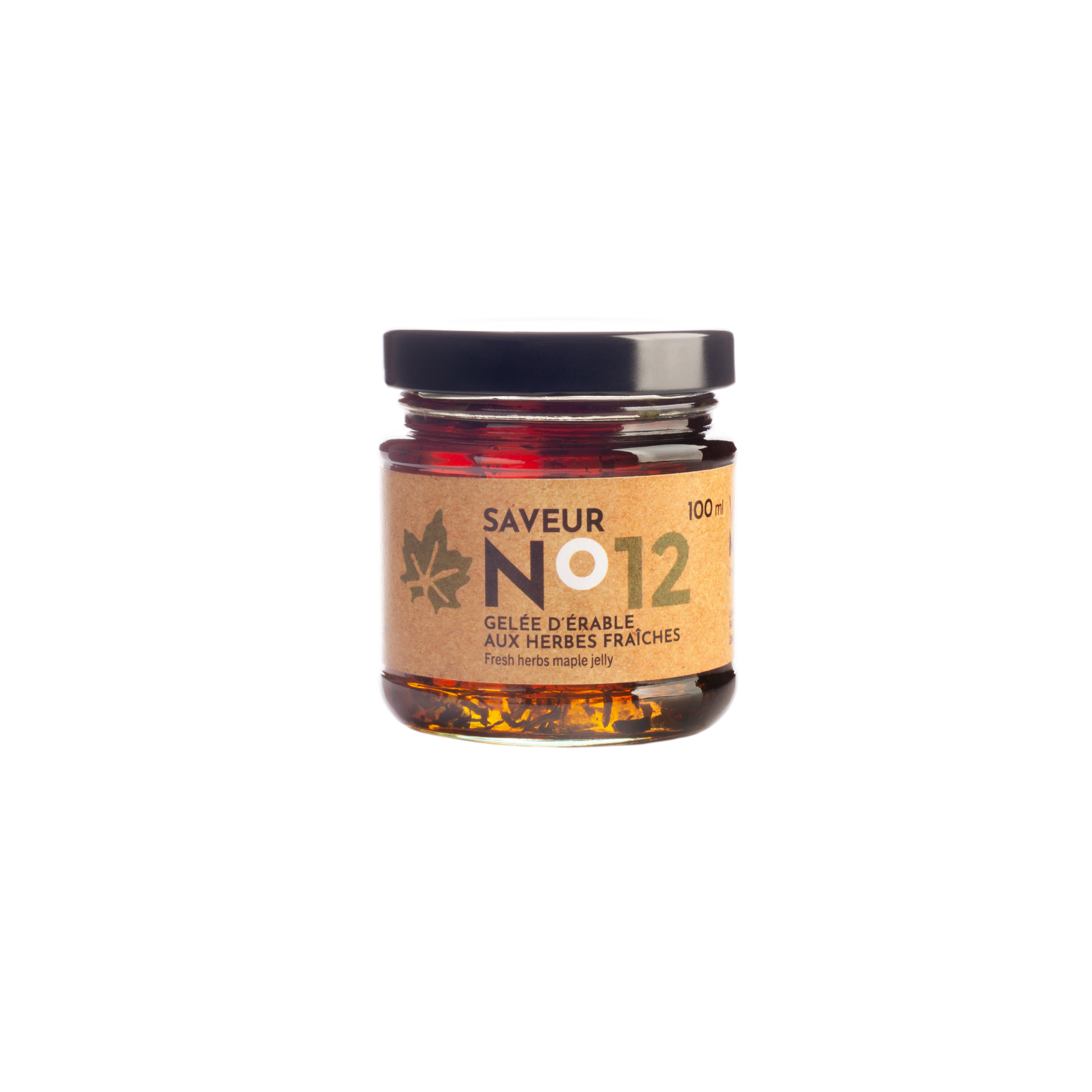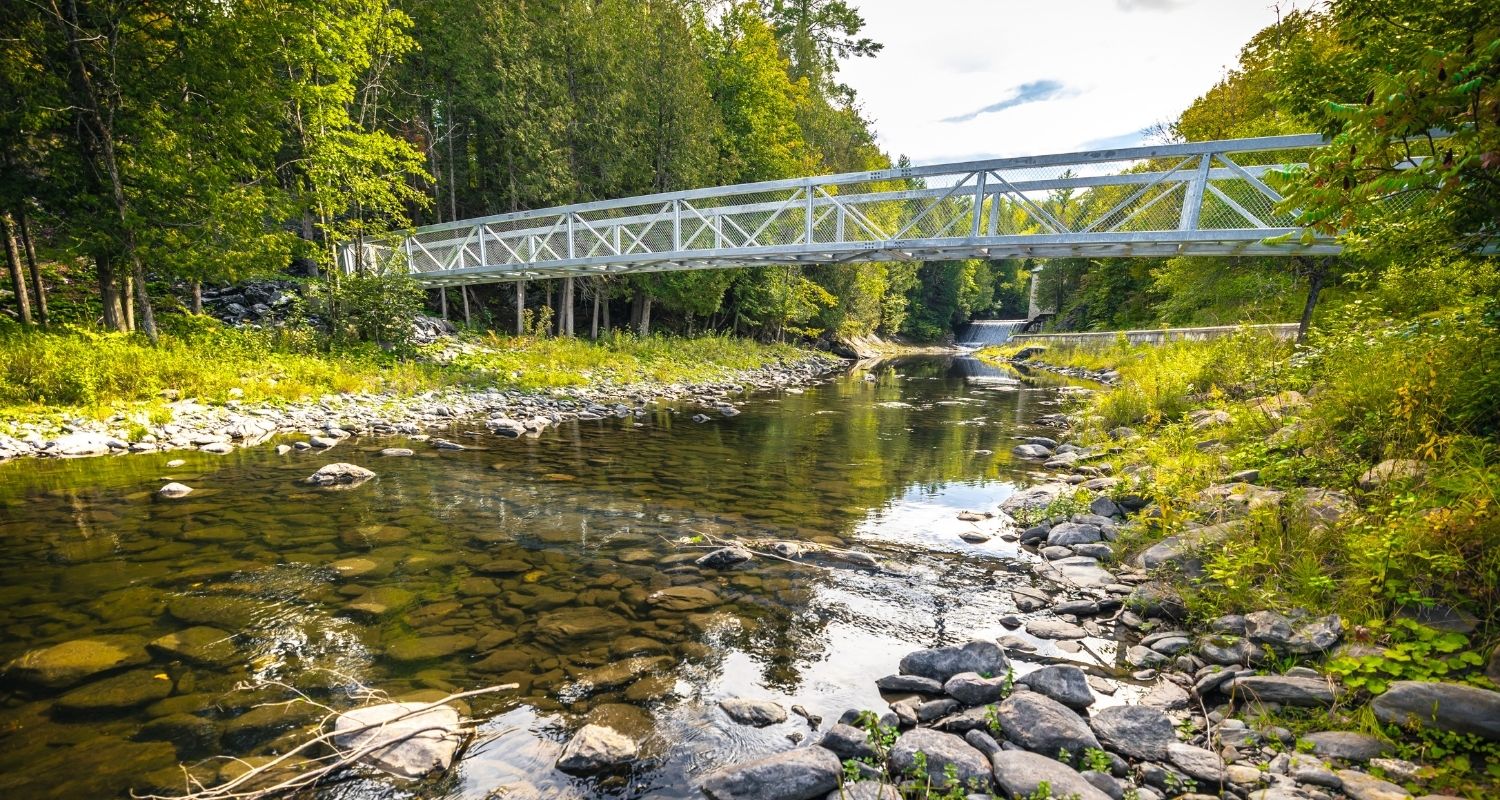La Vallée du Moulin is above all the dream of a visionary who has materialized one step at a time over the years to become a unifying and inspiring family project. Our family and the close ties that unite us are the driving force behind our projects and aspirations.
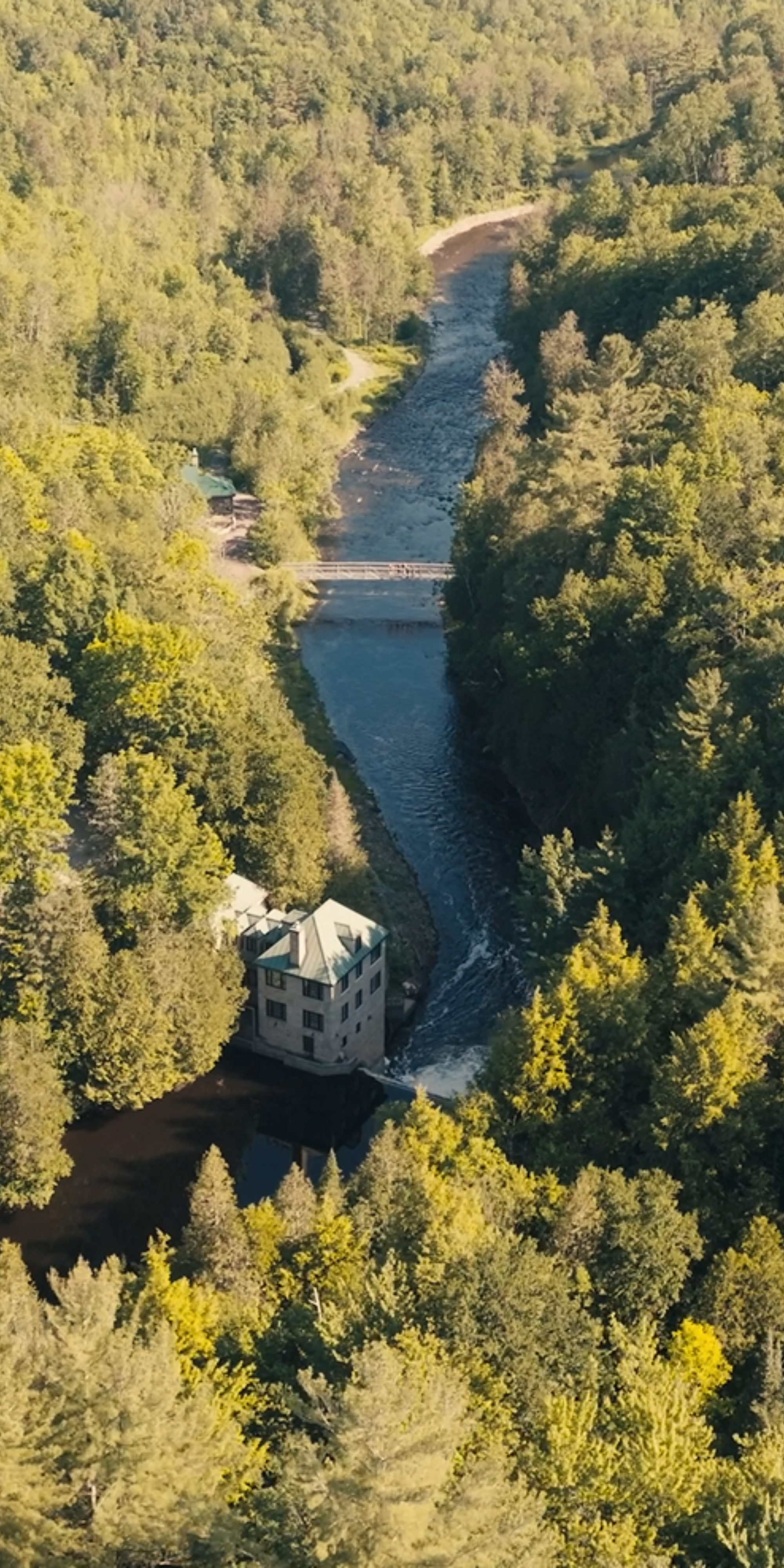
The valley
The valley
The history of our valley is rich in projects as well as memories. It was first host to a drinking water pumping station from 1930 to 1968 before being abandoned. Local residents then got into the habit of coming to fish at the foot of the disused dam.
The valley came back to life in 1998 when Serge restored the dam and built the mill building which houses the hydroelectric plant. Over time, he developed the site and its land step by step with love and perseverance. In 2012, he built a second hydroelectric plant downstream of the Salmon River.
All of the work now supports our small-scale agriculture.
Our valley testifies through its history that the strength of a dream combined with a daring vision can transform a wreck into a jewel. You just have to look beyond appearances to see its full potential.
The history of the Vallée du Moulin is still only in its first chapters. Several innovative projects are already on the drawing board.
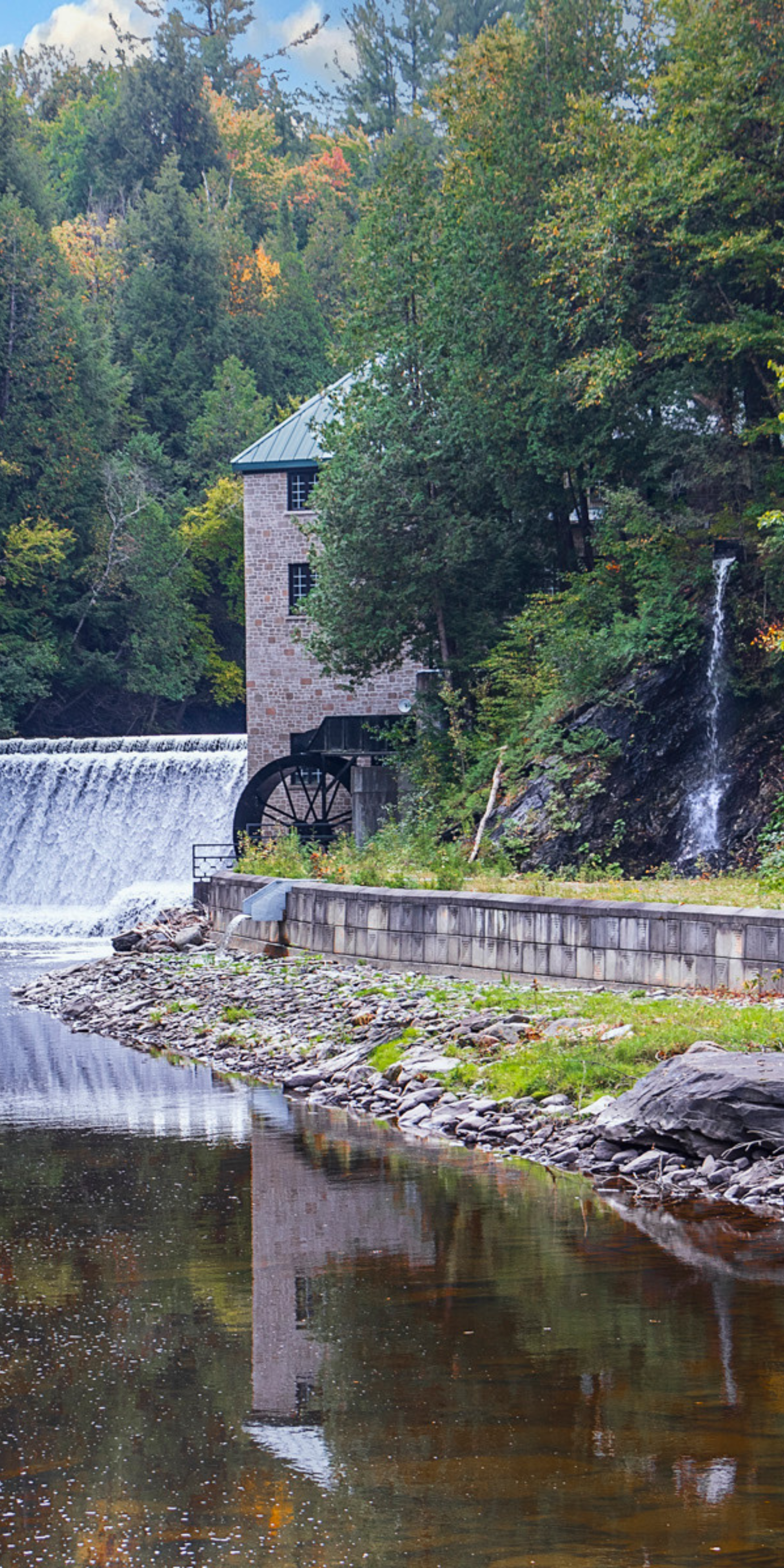
The mill
The mill
The mill is the emblem of our valley, where it all began. First dreamed and imagined by Serge from his childhood, the latter then designed and built it in the early 2000s.
Former pumping station of the city of Richmond, then abandoned for thirty years, everything has been thought out and meticulously planned to restore the dam and build a building whose architecture harmonizes with the beauty and strength of the surrounding nature. Equipped with a bucket wheel and sitting directly on the Salmon River, the mill generates its own electricity thanks to two private micro-hydroelectric power stations.
This marriage between architecture and engineering now makes it possible to support small-scale agriculture with the greatest respect for the environment. The mill and its dream thus gave birth some twenty years later to a larger project, that of the Vallée du Moulin.
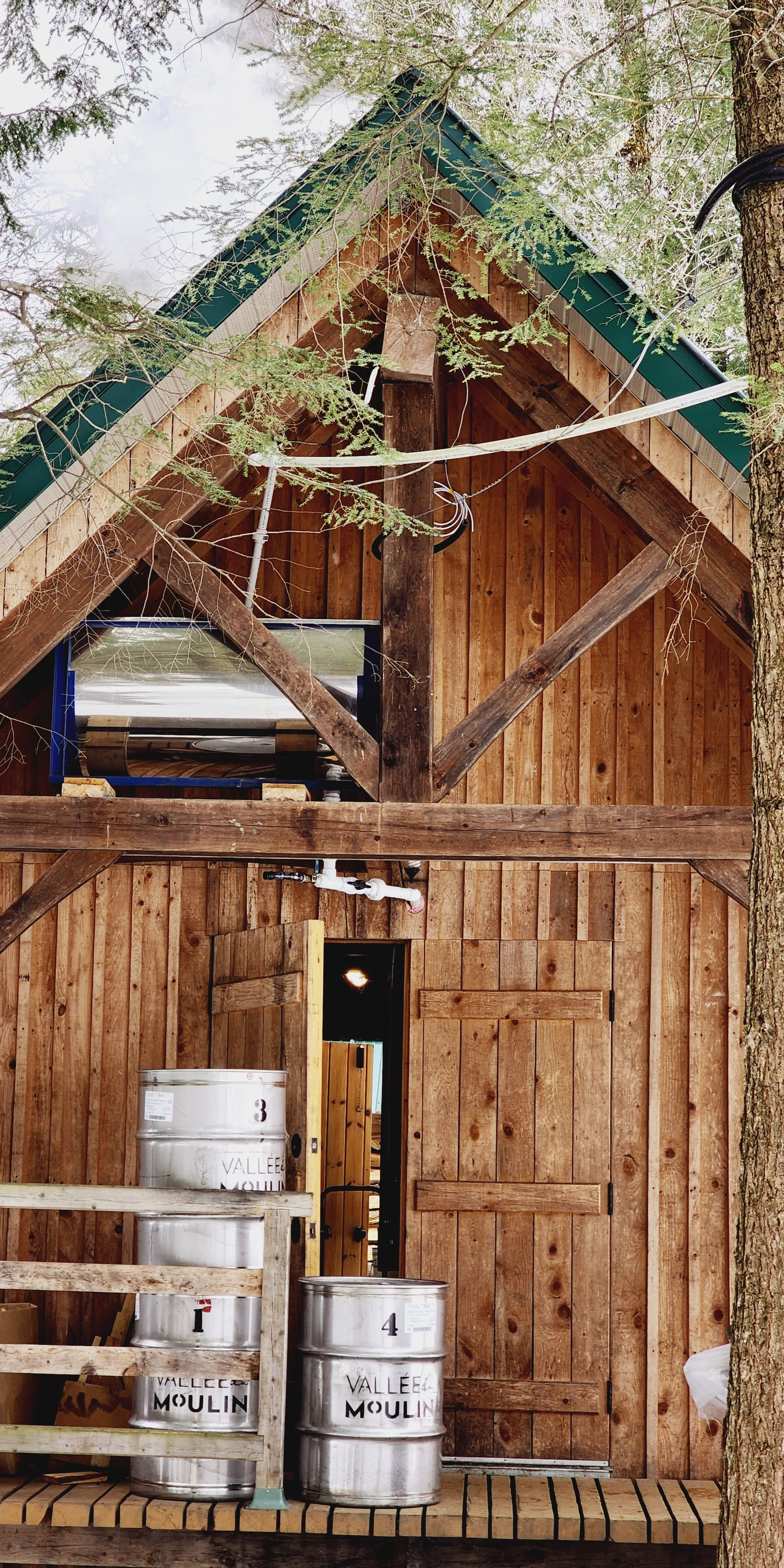
The sugar shack
The sugar shack
Our sugar shack is located in the valley about a hundred meters from the mill, upstream from the Salmon River. Built on piles at the water's edge, it houses our very recent sugar bush equipment, selected in terms of efficiency and durability. Two pumping stations are installed in the valley to transport maple sap from each of the nearly 1,200 taps via tubing to the reverse osmosis system in order to separate the sugar water from part of its water. The maple sap is then sent to the evaporator to boil the syrup.
Our pretty sugar shack has been the privileged place for family gatherings for more than 15 years. It is also the lair of Étienne who works there almost day and night during the sugaring off season to produce a quality and most delicious maple syrup.
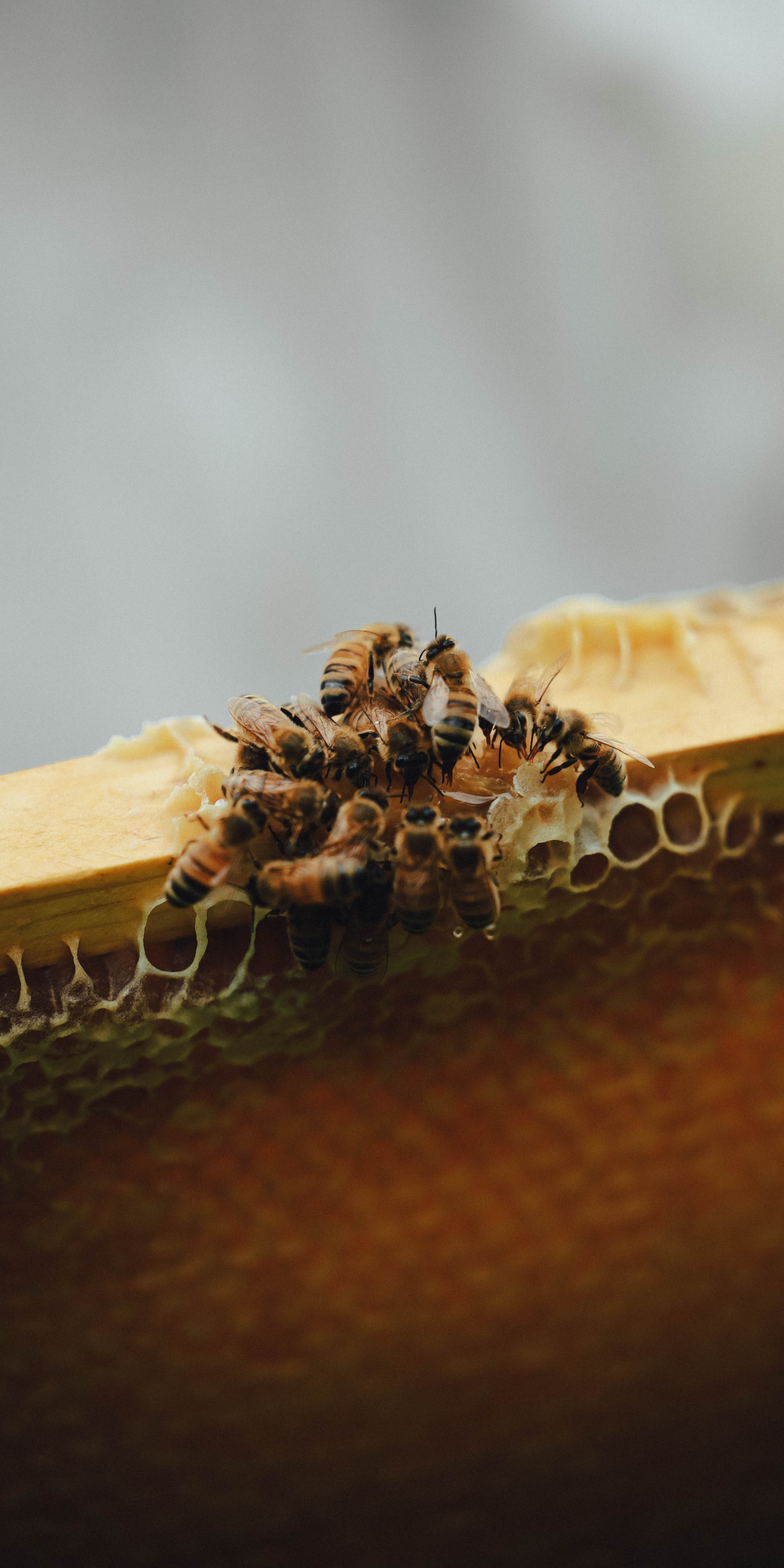
The honey house
The honey house
Previously located in Scotstown at the foot of Mont Mégantic, our honey house was built very close to our greenhouses in 2020 in order to bring together all the activities of the valley in one place. The hives of our bees have also been moved there to the edge of the forest and close to the honey house. They are made up of colored honey supers so that they are clearly visible to the bees.
Our honey house houses the beekeeping equipment allowing us to extract and pot the honey from around twenty hives. From the uncapper to the extractor, then to the clarifier to the bain-marie from which the honey is potted, each step of the process is carried out with care in order to offer a tasty honey with multiple benefits.
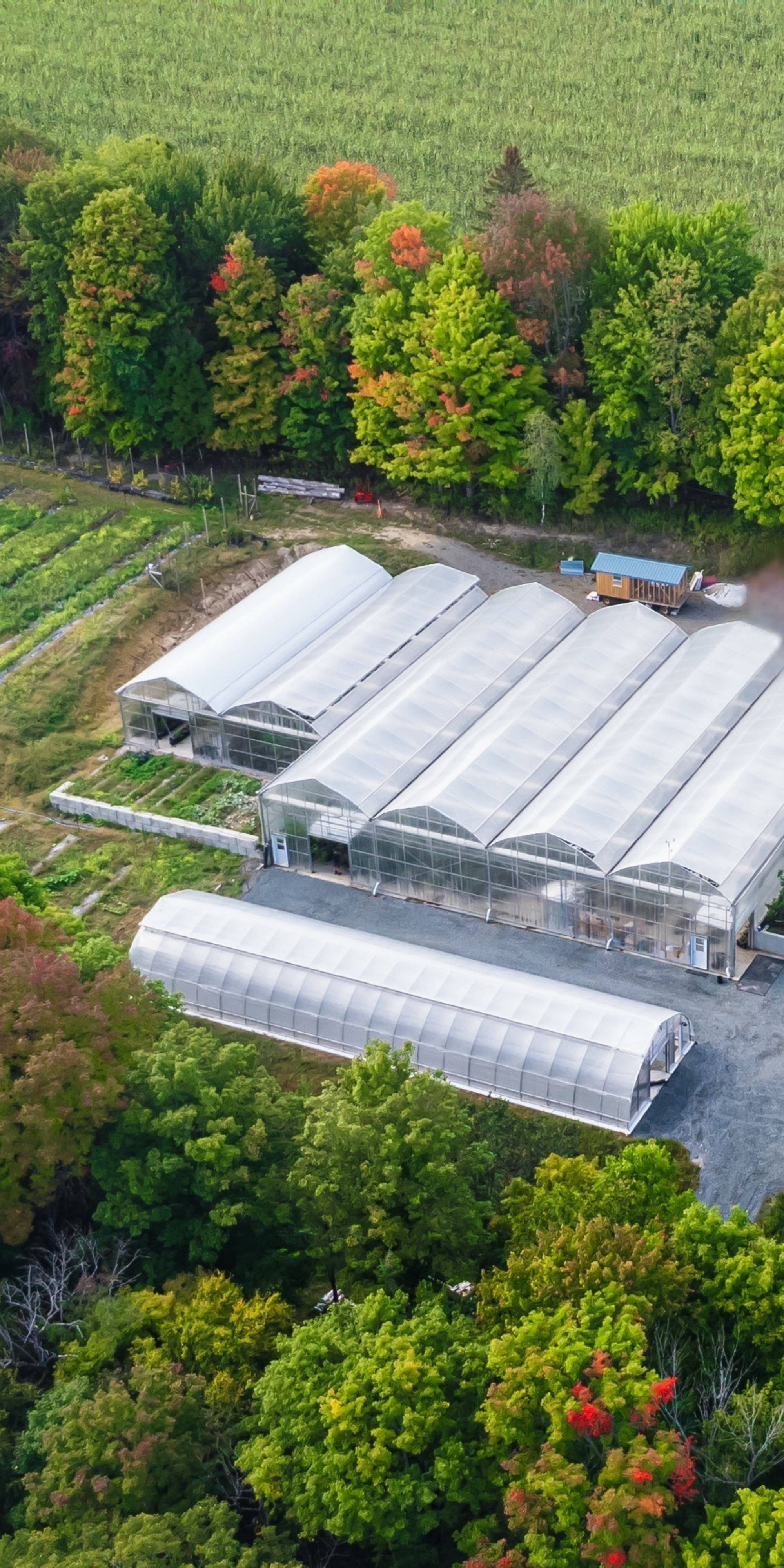
Greenhouses
Greenhouses
In order to allow the growth and abundant fruiting of our fig and raspberry trees, three fully automated, state-of-the-art greenhouses have been built in the valley since 2019. Every detail has been thought out in terms of efficiency and sustainability, always with the greatest respect for the surrounding nature and its resources.
Built on heated concrete slabs with equally heated concrete walls, our greenhouses are energy efficient by allowing both energy recovery and the recovery of rainwater and melting snow for watering plants.
With our climate control management system itself powered by electricity produced in the valley, each parameter of the greenhouses is controlled and optimized for the cultivation of fresh figs: temperature, humidity management, irrigation, fertilization, ventilation and lighting.
Our greenhouses are heated with residual forest biomass through pellet furnaces. This fuel is made in Quebec from unused forest residues and can replace fossil fuels. Considered carbon neutral and reusing wood waste, forest biomass therefore has a positive impact on the environment.
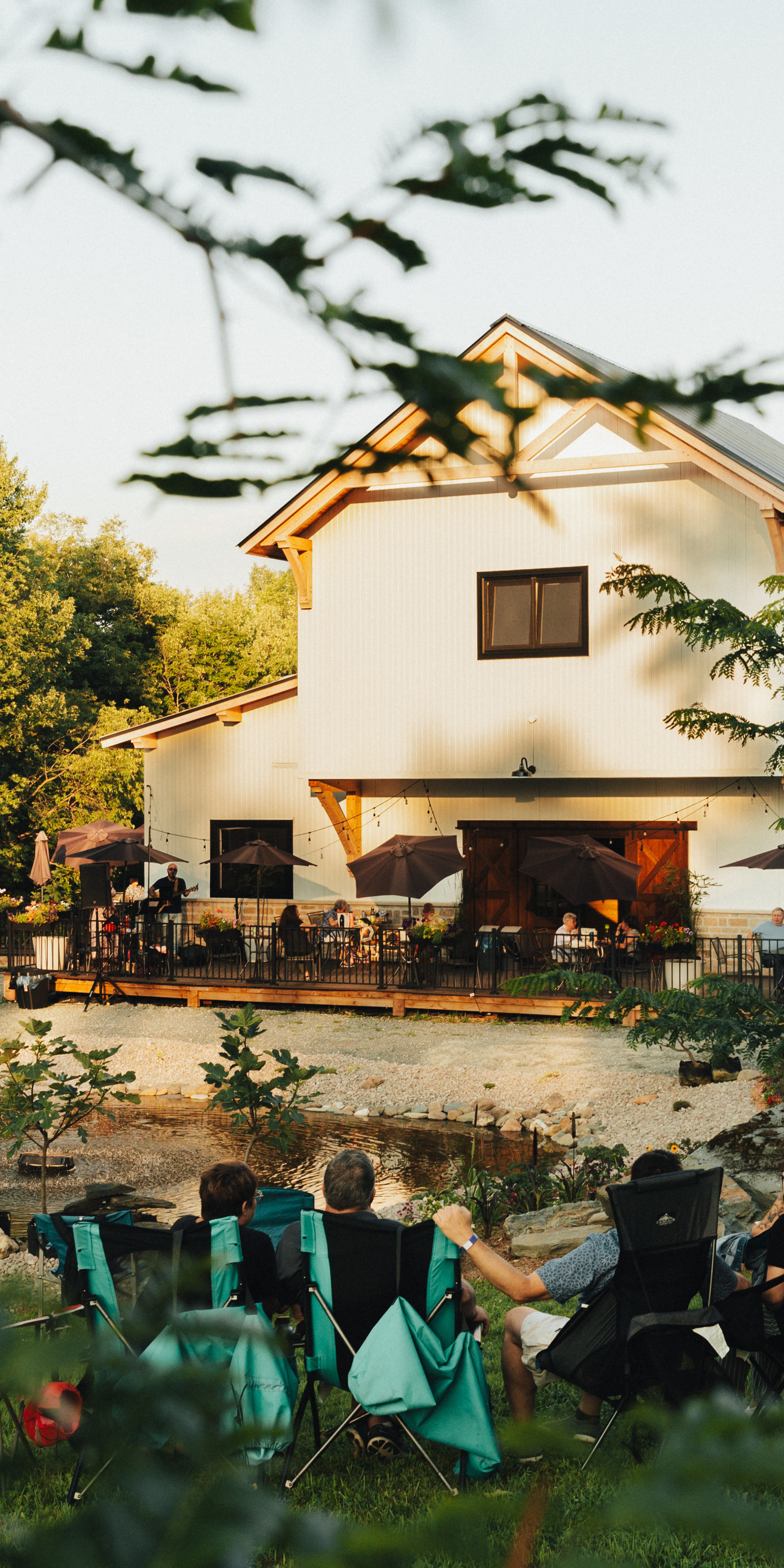
PLACE Nᵒ6
The reception pavilion
The latest addition to our site's facilities, the reception pavilion is the central point of La Vallée du Moulin's activities. Housing our farm shop and featuring two large terraces offering an idyllic panorama, it is also the starting point for guided and self-guided tours.
Built in 2023, its ingenious design combining a wooden beam structure and insulated panel walls gives it a unique and warm character.
This is the place where the possibilities are endless in terms of various activities and events.
SOME OF OUR FLAVORS
Our Heritage & Expertise
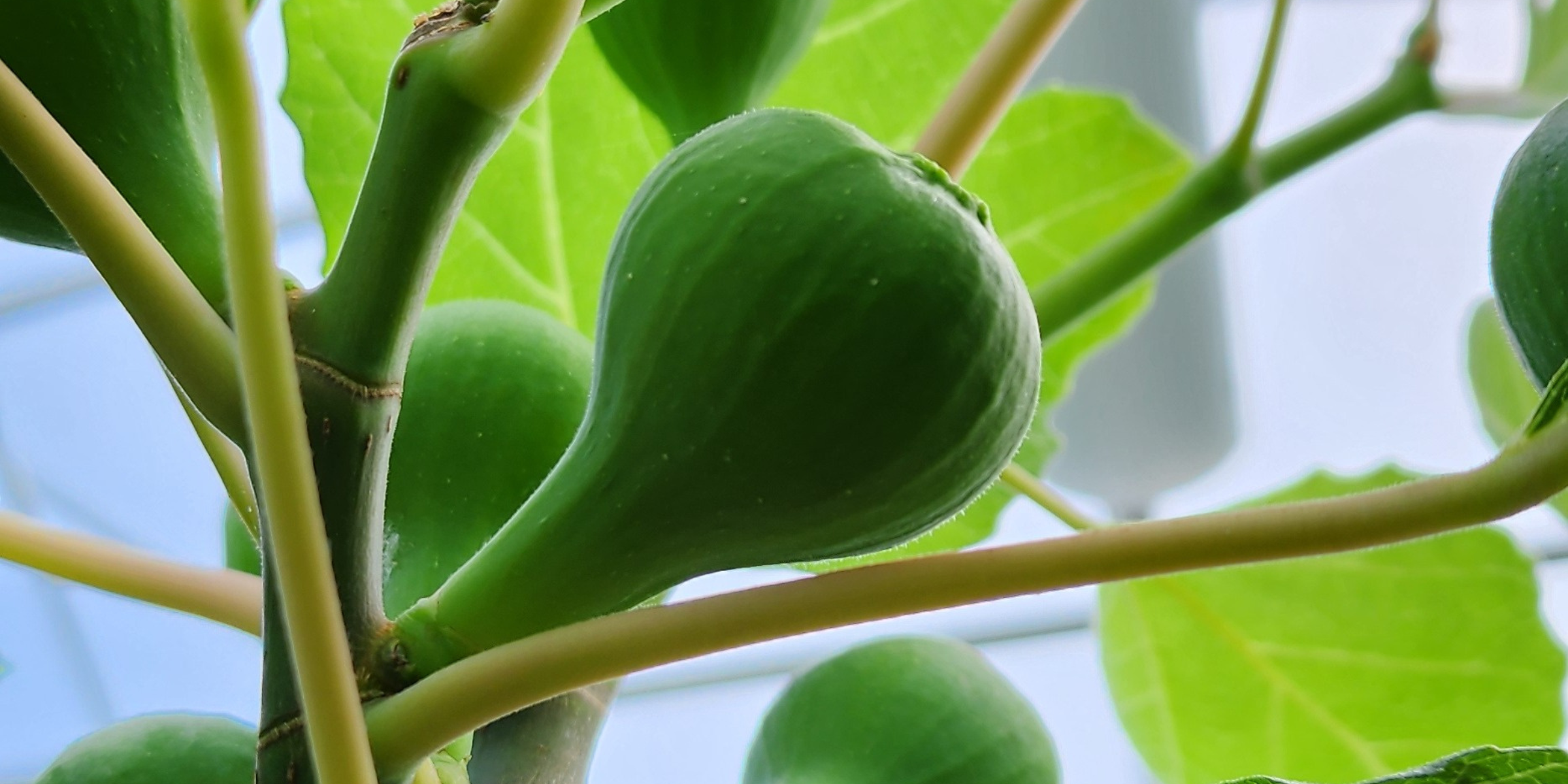
Origin of the fig tree Native to Asia Minor (roughly present-day Turkey), the common fig tree (Ficus carica) belongs to the Moraceae family. Its fruit, the fig, is the emblem of the Mediterranean b...
Read more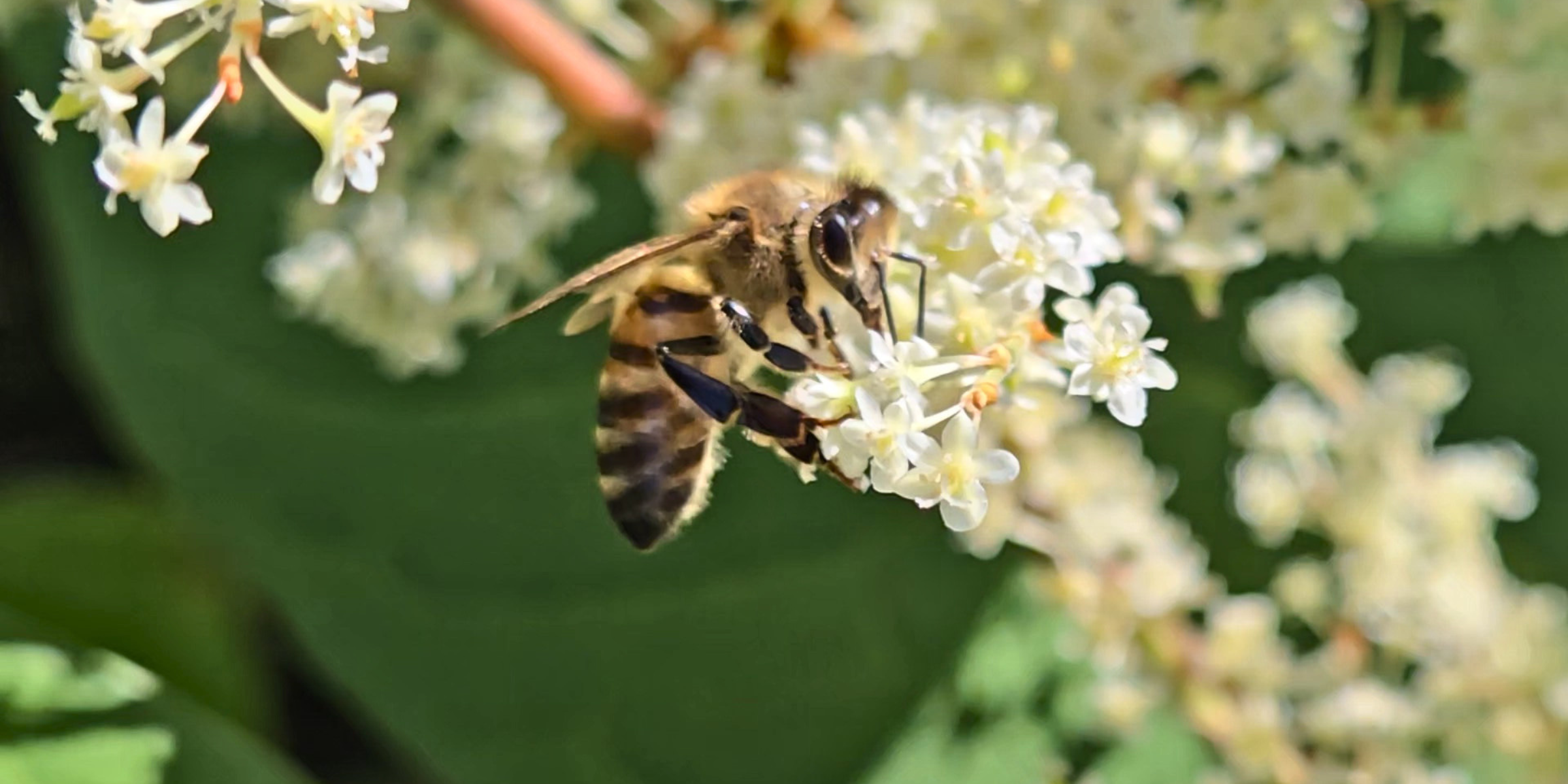
La Vallée du Moulin is an exceptional place in terms of fauna and flora diversity. Comprising a section of the Salmon River and home to a great array of animal and plant species, it is essential fo...
Read more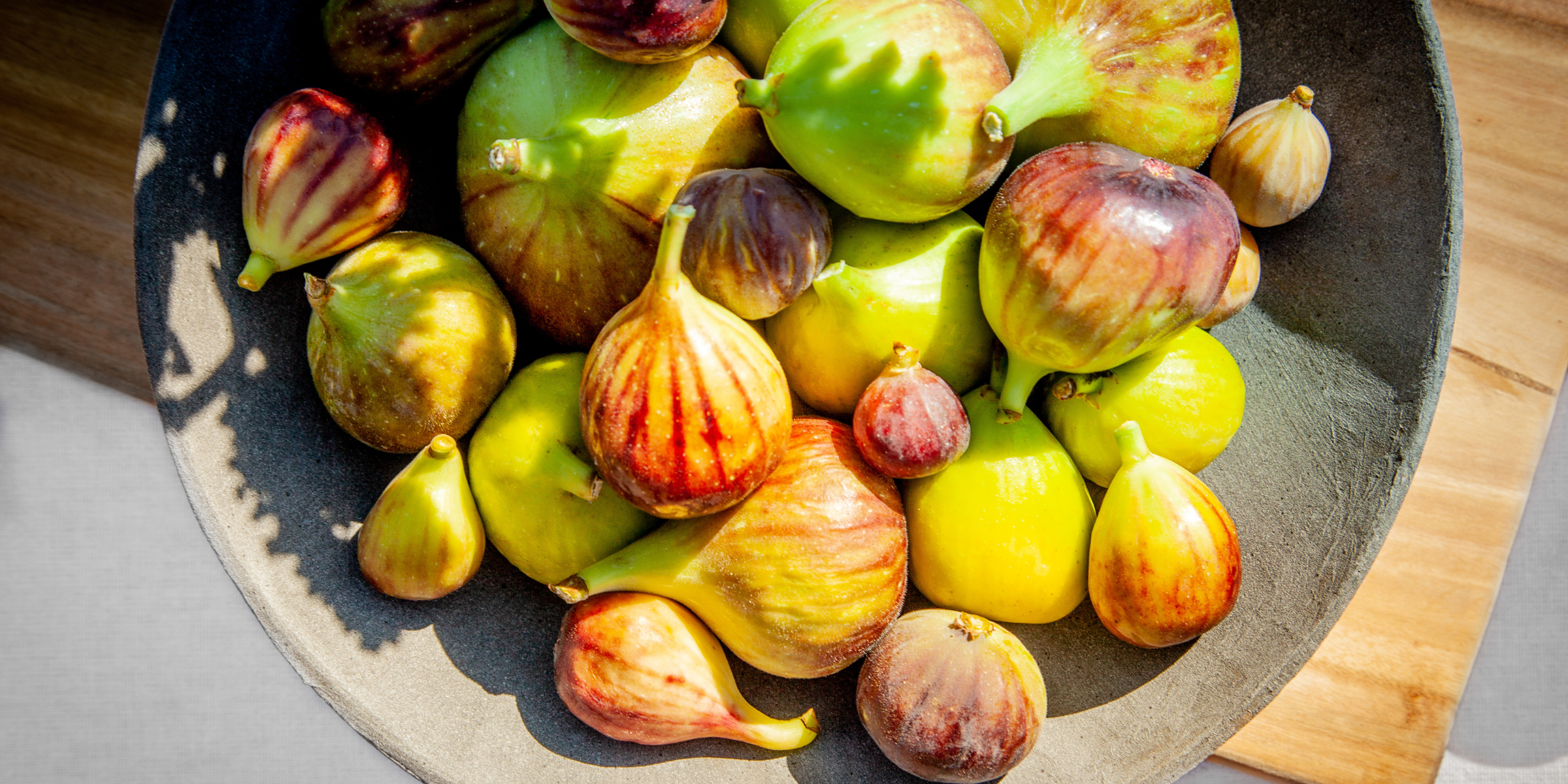
La Vallée du Moulin’s fresh figs – a culinary treasure in Quebec.
The vast majority of Quebec has only one imported fresh fig variety, the Black Mission. At the Vallée du Moulin, we grow several varieties of fresh organic figs. They all have their own characteris...
Read more
